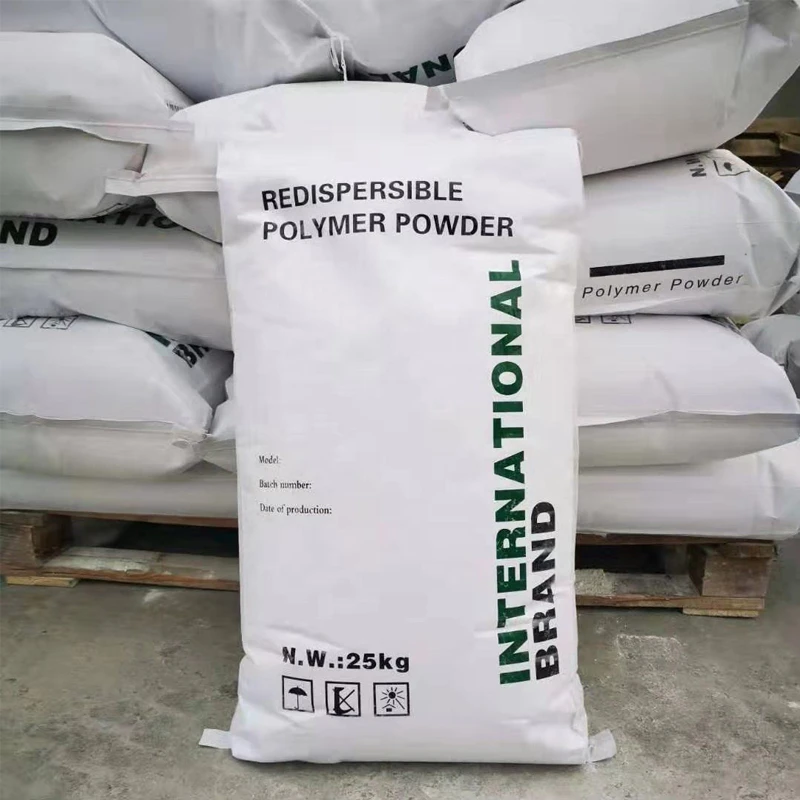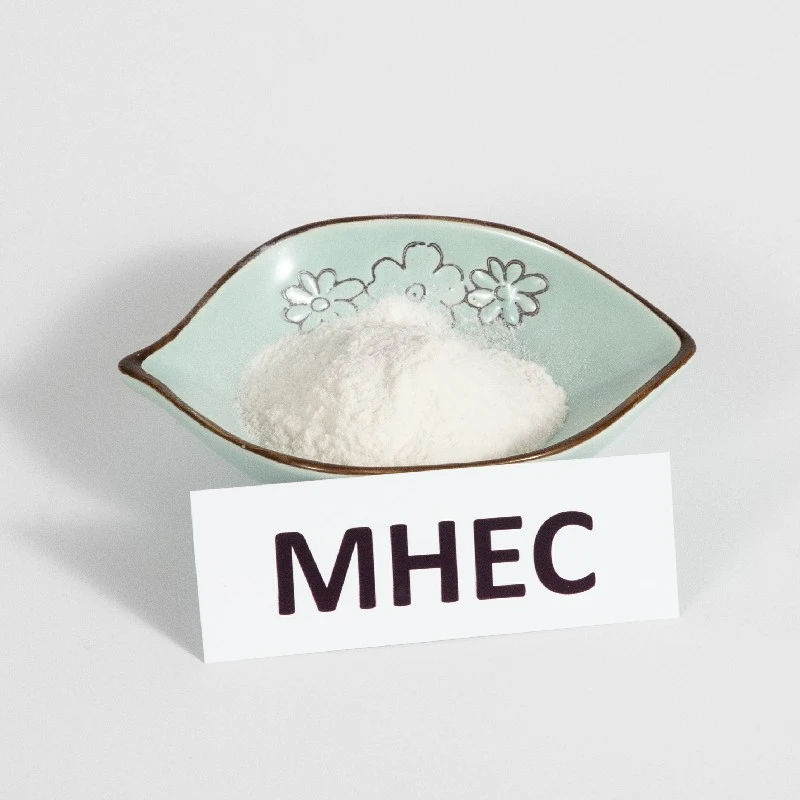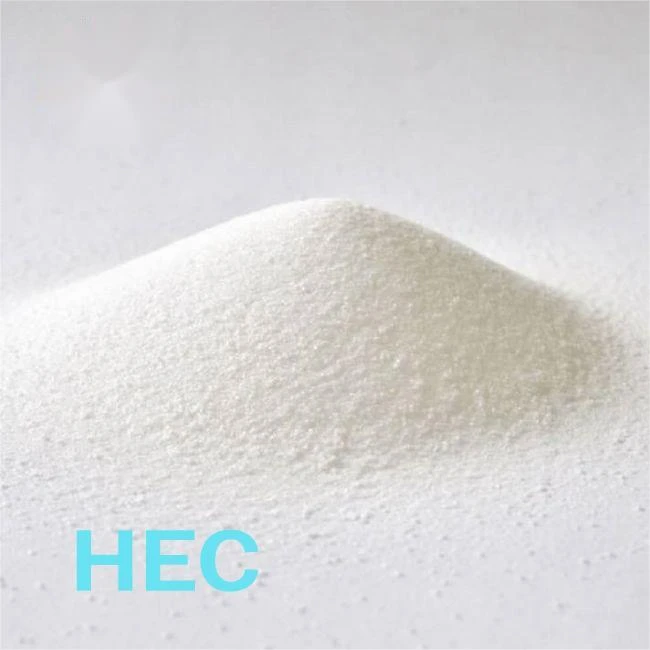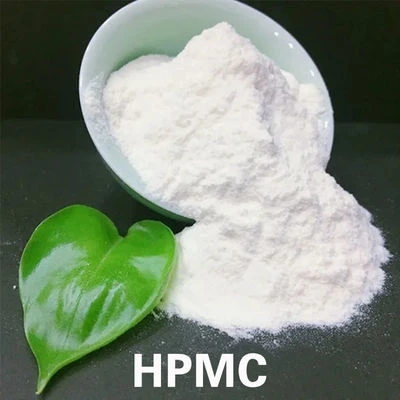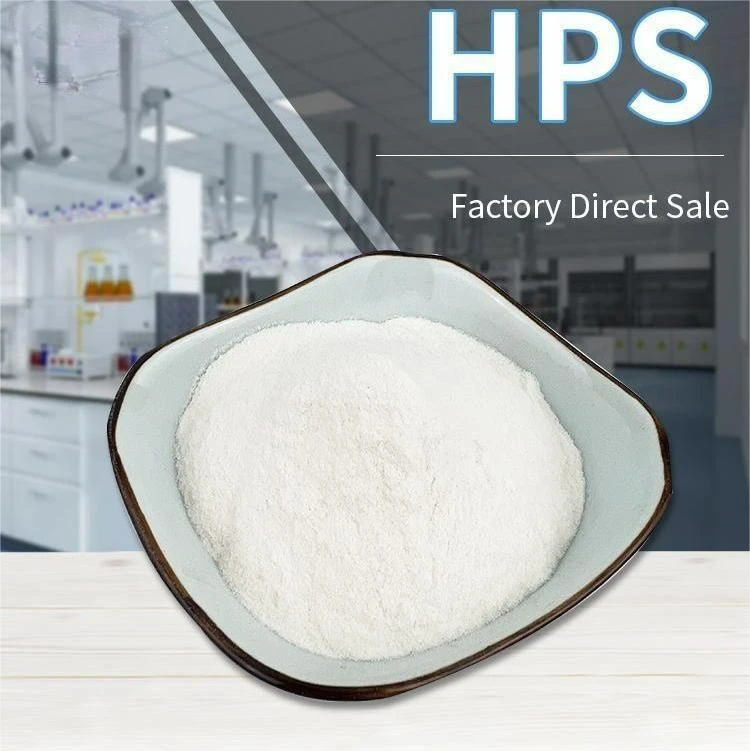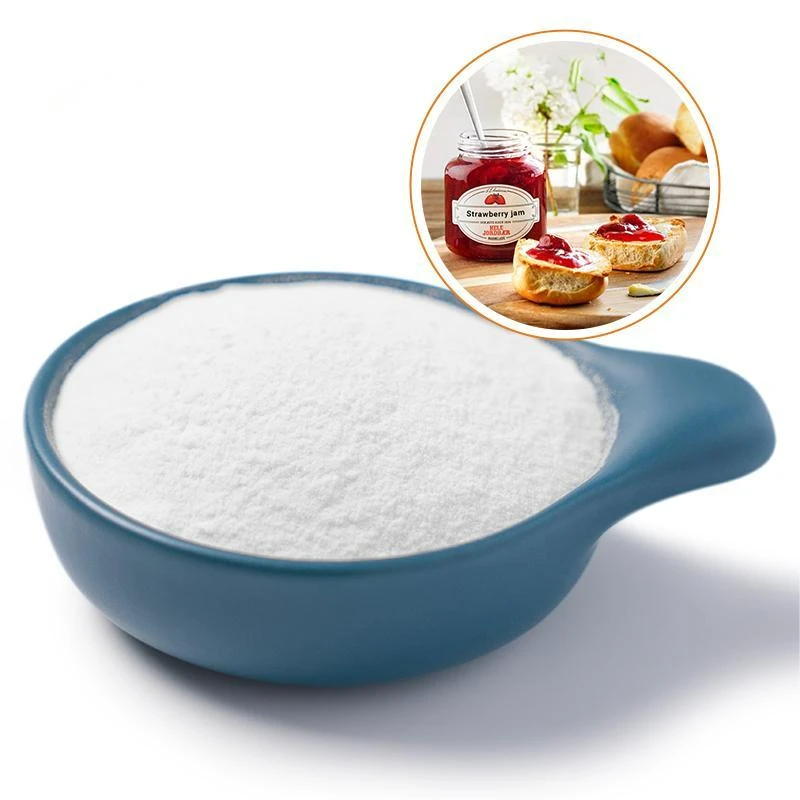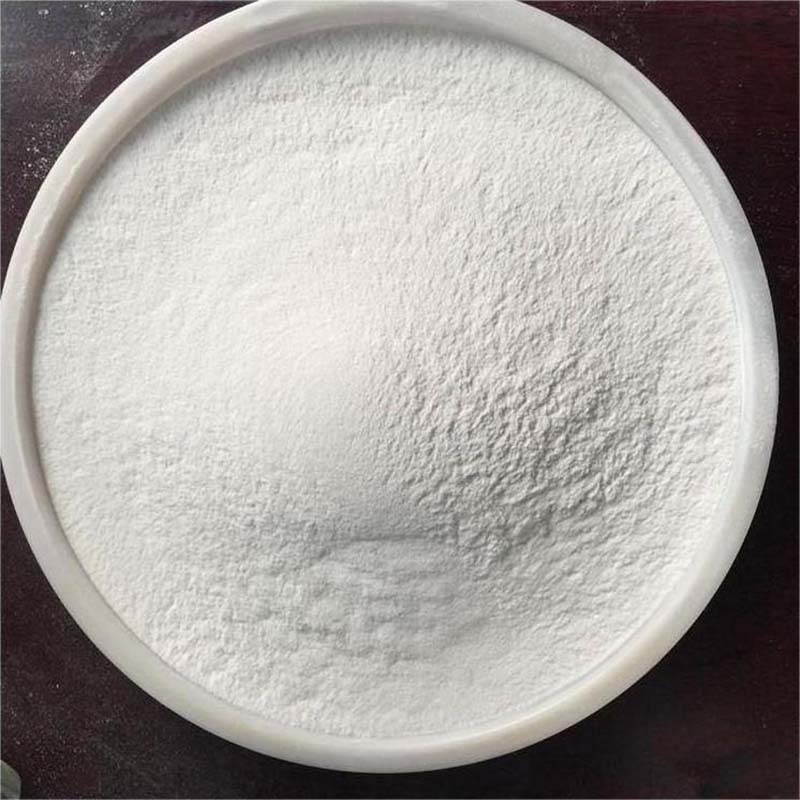Hydroxyethyl Cellulose Manufacturer: Superior Thickening & Gel Solutions
Understanding the Modern hydroxyethyl cellulose manufacturer Landscape
Hydroxyethyl Cellulose (HEC) is a non-ionic water-soluble polymer derived from cellulose, widely recognized for its thickening, binding, film-forming, stabilizing, and water-retention properties. As a crucial rheology modifier, HEC plays an indispensable role across numerous industrial applications, from construction and paints to cosmetics and pharmaceuticals. The modern hydroxyethyl cellulose manufacturer operates within a dynamic market, driven by evolving material science, stringent regulatory demands, and the continuous pursuit of sustainable production methodologies. This comprehensive guide delves into the technical intricacies, application diversity, and strategic considerations for B2B stakeholders engaging with the HEC supply chain.
Industry Trends in HEC Manufacturing
- Sustainability & Green Chemistry: A significant trend observed among hydroxyethyl cellulose manufacturers is the shift towards more eco-friendly production processes and sourcing of sustainable raw materials. This includes optimizing energy consumption, reducing waste, and developing grades with improved biodegradability.
- Specialized Grades & Customization: The demand for tailored HEC solutions is escalating. Industries require specific viscosity profiles, dissolution rates, and functional attributes. This drives manufacturers to invest in R&D for specialized grades, including those designed for high-salt environments or particular pH ranges.
- Digitalization & Automation: Advanced process control systems, AI-driven optimization, and automation are being integrated into manufacturing facilities to enhance efficiency, consistency, and product quality. This contributes to better control over parameters like degree of substitution and molecular weight distribution.
- Global Market Dynamics: The market for HEC is influenced by construction booms in emerging economies, the expansion of the personal care industry, and innovation in pharmaceutical excipients. Manufacturers are expanding production capacities and optimizing logistics to serve a global clientele effectively.
- Regulatory Compliance: Navigating complex international regulations, especially in food, pharmaceutical, and cosmetic applications, is paramount. Leading manufacturers emphasize adherence to cGMP, ISO, and other regional standards to ensure product safety and efficacy.
The Manufacturing Process of Hydroxyethyl Cellulose
The production of HEC involves a precise series of chemical reactions and purification steps, starting from high-purity cellulose. A reputable hydroxyethyl cellulose manufacturer adheres to stringent quality control throughout this complex process to ensure a consistent and high-performance end product.
Process Flow Overview:
-
1. Raw Material Preparation (Cellulose Pulp):
High-purity cellulose pulp, typically derived from wood or cotton linters, serves as the primary raw material. It undergoes initial shredding and conditioning to prepare it for subsequent reactions. Quality parameters such as alpha-cellulose content and moisture are meticulously checked against internal specifications and international standards like ASTM D1918.
-
2. Alkalization:
The cellulose pulp is steeped in a concentrated caustic soda (sodium hydroxide) solution. This process, known as alkalization or mercerization, swells the cellulose fibers, breaks hydrogen bonds, and converts cellulose into alkali cellulose. This activated state enhances the reactivity of the hydroxyl groups for the subsequent etherification step. Temperature and concentration control are critical here to optimize reactivity without degradation.
-
3. Etherification (Ethoxylation):
The alkali cellulose is then reacted with ethylene oxide (EO) in a specialized reactor under controlled temperature and pressure conditions. This reaction introduces hydroxyethyl groups onto the cellulose backbone, forming ethyl hydroxyethyl cellulose. The degree of substitution (DS) and molar substitution (MS) are key parameters determined by the amount of EO charged and reaction conditions, influencing the final product's solubility, viscosity, and other performance characteristics. This stage is monitored closely to ensure consistent polymer chain extension.
-
4. Neutralization:
After etherification, the reaction mixture is neutralized with an acid (e.g., acetic acid) to adjust the pH, precipitating the HEC. This step halts the reaction and prepares the material for purification. Residual by-products are also managed at this stage.
-
5. Washing & Purification:
The crude HEC is thoroughly washed with hot water or a solvent mixture to remove salts, unreacted chemicals, and other impurities. This purification step is crucial for achieving high purity and low ash content, which are vital for applications in food, pharmaceuticals, and personal care. Multi-stage washing ensures optimal purity.
-
6. Drying:
The purified HEC is then dried using methods like fluid bed drying or rotary drying to reduce moisture content to specified levels, typically below 5-7%. Precise temperature control prevents degradation while ensuring efficient water removal.
-
7. Grinding & Sizing:
The dried HEC is milled and sieved to achieve the desired particle size distribution. This influences dissolution rate and dispersibility. Finer powders dissolve faster but can be more prone to lumping, while coarser grades offer slower hydration. Particle size analysis via laser diffraction is standard practice to meet client specifications.
-
8. Quality Control & Packaging:
Throughout the entire process, rigorous testing is performed. Final product samples undergo comprehensive analysis for viscosity (e.g., Brookfield viscometer, measured in mPa·s or cps at specific concentrations and temperatures), pH, moisture content, ash content, transparency, and degree of substitution. Products are then packaged in multi-ply paper bags with inner polyethylene liners or super sacks, ensuring protection from moisture and contamination. All packaging adheres to international shipping standards.
This meticulous process ensures that the HEC produced by a leading hydroxyethyl cellulose manufacturer meets the highest standards of quality and performance for diverse industrial applications. Target industries include petrochemical (drilling fluids), metallurgy (binders for ore processing), water supply & drainage (flocculants, thickening agents), paints & coatings (rheology modifiers, thickeners), and personal care (shampoos, lotions). Advantages often include energy saving through optimized processes and superior corrosion resistance due to the inert nature of the polymer in many formulations.
Technical Specifications and Product Data
Selecting the appropriate HEC grade requires a thorough understanding of its technical parameters. A reliable hydroxyethyl cellulose manufacturer provides comprehensive data sheets detailing these specifications.
Typical HEC Product Specifications
| Parameter | Unit | Value Range (Typical) | Test Method |
|---|---|---|---|
| Viscosity (2% Solution) | mPa·s (cps) | 100 - 150,000 | Brookfield RVT, 25°C |
| pH (1% Solution) | - | 6.0 - 8.0 | ISO 9718 |
| Moisture Content | % | ≤ 5.0 | ASTM D2816 |
| Ash Content | % | ≤ 1.0 | ISO 1445 |
| Degree of Substitution (MS) | - | 1.5 - 2.5 | Titration |
| Particle Size (Through 100 mesh) | % | ≥ 95.0 | Sieve Analysis |
Hydroxyethyl Cellulose Price Factors
The hydroxy ethyl cellulose price is influenced by several factors, including:
- Viscosity Grade: Higher viscosity grades often command a premium due to more demanding production controls.
- Purity Level: Pharmaceutical and food-grade HEC, with their stricter impurity limits and regulatory compliance, are typically more expensive than industrial grades.
- Degree of Substitution (DS/MS): Specific DS/MS values can impact cost, as they require precise control during etherification.
- Order Volume: Bulk purchases generally benefit from lower unit costs compared to smaller, specialized orders.
- Market Dynamics: Global supply and demand, raw material costs (e.g., cellulose pulp, ethylene oxide), and logistics expenses all contribute to price fluctuations.
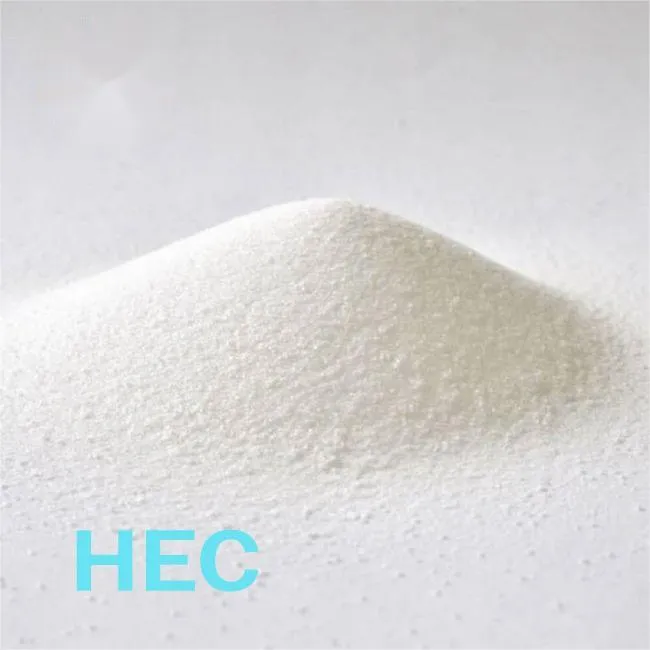
Image 1: Advanced manufacturing lines at a leading hydroxyethyl cellulose manufacturer.
Application Scenarios and Technical Advantages
The versatility of HEC makes it a preferred additive across a multitude of industries. Understanding the specific hydroxy ethyl cellulose uses helps in identifying the optimal grade for any given formulation.
Key Application Areas:
- Paints & Coatings: HEC serves as an excellent thickener, rheology modifier, and protective colloid in water-based paints, contributing to improved brushability, sag resistance, and color development. Its pseudo-plastic behavior is ideal for achieving optimal flow and leveling.
- Oil & Gas Exploration: In drilling fluids, HEC acts as a viscosifier, fluid loss control agent, and shale inhibitor, crucial for maintaining borehole stability and efficient drilling operations. It performs well in various brine concentrations.
- Construction Materials: HEC enhances the workability, water retention, and bond strength of cementitious materials like tile adhesives, grouts, and renders. It prevents premature drying and improves open time.
- Personal Care & Cosmetics: As a thickener and stabilizer, HEC is found in shampoos, conditioners, lotions, and toothpastes. It provides a desirable texture and feel, and helps suspend insoluble ingredients. The development of high-purity hydroxyethyl cellulose gel grades is particularly relevant here.
- Pharmaceuticals: In pharmaceutical formulations, HEC functions as a binder in tablets, a thickening agent in liquid medications, and a film-former in coatings. Its inert nature and excellent safety profile are highly valued.
- Textile Industry: Used as a sizing agent, thickener for printing pastes, and binder in non-woven fabrics, HEC improves fabric strength and processing efficiency.
- Adhesives & Sealants: HEC improves the viscosity, tack, and open time of water-based adhesives, ensuring strong and reliable bonds.
Technical Advantages of HEC:
- Non-Ionic Nature: HEC is non-ionic, making it tolerant to a wide range of pH levels and compatible with most ionic surfactants, polymers, and salts, thus reducing formulation complexity.
- Excellent Thickening Efficiency: Provides significant viscosity build-up at low concentrations, making it cost-effective.
- High Water Retention: Effectively binds water, preventing premature drying in construction materials and prolonging shelf life in many aqueous formulations.
- Pseudoplastic Rheology: Exhibits shear-thinning behavior, which is ideal for easy application (e.g., spraying, brushing) and quick recovery of viscosity after shear, preventing sag.
- Film-Forming Capabilities: Creates clear, flexible films that enhance durability and adhesion.
- Good Biostability: Offers resistance to microbial degradation, especially in specific treated grades.
- Versatile Solubility: Dissolves readily in cold and hot water, forming clear solutions.
Vendor Comparison and Customized Solutions
Choosing the right hydroxyethyl cellulose manufacturer is paramount for ensuring consistent quality, reliable supply, and optimal performance in end-user applications. Key criteria for vendor selection extend beyond just the hydroxy ethyl cellulose price.
Factors for Vendor Comparison:
| Criterion | Description | Why it Matters |
|---|---|---|
| Product Quality & Consistency | Adherence to strict specification ranges for viscosity, pH, purity, and particle size. | Ensures reliable performance in your formulations, minimizing batch variations and reprocessing costs. |
| Certifications & Compliance | ISO 9001 (Quality Management), ISO 14001 (Environmental), FDA/USP/EP (Pharma/Food grades). | Demonstrates commitment to quality, safety, and regulatory adherence, critical for sensitive applications. |
| Technical Support & R&D Capabilities | Ability to provide detailed technical guidance, formulation advice, and custom product development. | Crucial for optimizing existing products or developing innovative solutions tailored to specific needs. |
| Supply Chain Reliability | Consistent lead times, robust logistics, and contingency planning for unforeseen disruptions. | Minimizes production downtime and ensures just-in-time inventory management for clients. |
| Environmental & Social Responsibility | Sustainable sourcing, waste reduction, energy efficiency, and ethical labor practices. | Aligns with corporate sustainability goals and enhances brand reputation, especially for B2C products. |
Customized Solutions
Leading hydroxyethyl cellulose manufacturers excel in offering customized solutions. This involves tailoring HEC grades to meet unique client requirements, which might include:
- Specific Viscosity Ranges: Developing HEC with precise viscosity profiles to optimize rheological properties in complex formulations.
- Enhanced Dissolution Characteristics: Creating fast-dissolving or delayed-dissolving grades for specific processing needs.
- Modified Surface Treatment: Surface-treated HEC variants that resist lumping during dispersion in water, offering improved handling.
- Special Purity Levels: Producing ultra-high purity grades for demanding applications like opthalmic solutions or specific food additives.
- Particle Size Optimization: Tailoring particle size distribution for specific applications, influencing hydration rate and finished product texture.
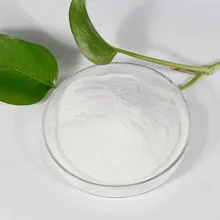
Image 2: Rigorous quality control at every stage ensures top-tier HEC from a dedicated hydroxyethyl cellulose manufacturer.
Application Case Studies and Customer Trust
Real-world application case studies demonstrate the tangible benefits of high-quality HEC and solidify trust in a hydroxyethyl cellulose manufacturer.
Case Study 1: Enhanced Paint Formulation
A major architectural coatings company sought to improve the sag resistance and leveling of their premium latex paint line while maintaining competitive hydroxy ethyl cellulose price. By collaborating with a specialized hydroxyethyl cellulose manufacturer, they implemented a medium-high viscosity HEC grade (MS 2.2, Brookfield viscosity 75,000 mPa·s at 2% solution).
Outcome: The new formulation achieved a 15% reduction in paint drip during application, a 20% improvement in film leveling, and maintained excellent color consistency. Customer feedback highlighted improved user experience and professional finish, leading to a 10% increase in market share for their premium line. The specific HEC grade significantly optimized the paint's rheology under shear, proving invaluable for performance.
Case Study 2: Optimized Drilling Fluid Performance
An oilfield services provider faced challenges with fluid loss control and high-temperature stability in their drilling fluids for deep well operations. They required a robust viscosifier capable of performing under extreme conditions.
Outcome: After rigorous testing of various HEC grades, an advanced HEC with a high degree of substitution and engineered molecular weight was selected. This HEC variant provided superior fluid loss control (reducing filtrate volume by 25%) and maintained stable viscosity at temperatures exceeding 150°C, significantly improving drilling efficiency and reducing non-productive time by 8% in the target wells. The HEC's role in stabilizing the drilling fluid matrix was critical.
Customer Feedback & Testimonials (Simulated)
- "We have relied on this hydroxyethyl cellulose manufacturer for over a decade. Their HEC consistently delivers the precise viscosity and purity we need for our pharmaceutical excipients, meeting all USP and EP standards. Their technical team is always responsive." - Senior R&D Chemist, Global Pharma Co.
- "The custom HEC grade they developed for our self-leveling compounds drastically improved our product's flow properties and surface finish. Their ability to deliver customized solutions is a true competitive advantage." - Product Development Manager, Specialty Construction Chemicals.
Trustworthiness and Support
Beyond product quality, a reliable hydroxyethyl cellulose manufacturer builds trust through transparent operations, robust support systems, and clear commitments.
Frequently Asked Questions (FAQ)
Q: What is the typical lead time for HEC orders?
A: Standard HEC grades typically have a lead time of 2-4 weeks, depending on order volume and destination. Customized grades may require 4-6 weeks for production and quality assurance.
Q: What packaging options are available?
A: We offer 25kg multi-ply paper bags with inner PE liners, as well as 500kg or 1000kg bulk bags (super sacks) to meet various client logistics and storage requirements.
Q: Is your HEC compliant with specific regulatory standards?
A: Yes, our production facilities are ISO 9001 and ISO 14001 certified. We offer pharmaceutical-grade HEC compliant with USP, EP, and JP standards, and food-grade HEC meeting FCC requirements, supported by comprehensive documentation.
Q: Can you provide technical data sheets (TDS) and safety data sheets (SDS)?
A: Absolutely. Complete TDS and SDS are provided with every product shipment and are also available upon request from our technical sales team.
Lead Time & Fulfillment
We operate a robust supply chain management system to ensure timely delivery. With strategically located warehouses and efficient logistics partners, we aim for reliable fulfillment of orders globally. Our typical lead times for standard products range from 14 to 28 days, depending on order size and delivery location. For urgent requirements, expedited shipping options can be arranged. Each shipment includes a Certificate of Analysis (CoA) to guarantee product specifications.
Warranty Commitments
As a trusted hydroxyethyl cellulose manufacturer, we stand behind the quality of our products. All HEC supplied is warranted to meet the published specifications on its respective Technical Data Sheet for a period of 12-24 months from the date of manufacture, provided it is stored under recommended conditions. In the event of any product deviation from agreed specifications, we commit to immediate investigation, replacement, or credit, ensuring minimal disruption to client operations.
Customer Support & Technical Service
Our dedicated customer support team and experienced technical service engineers are available to assist with product selection, formulation optimization, troubleshooting, and any technical inquiries. We provide expert guidance on the optimal use of our HEC products to help clients achieve their desired performance outcomes. Comprehensive after-sales support ensures client satisfaction and long-term partnerships.
Conclusion
The landscape of hydroxyethyl cellulose manufacturers is defined by a blend of sophisticated chemical engineering, rigorous quality assurance, and a forward-looking approach to innovation and sustainability. For B2B decision-makers and engineers, selecting a partner who can provide not just a product, but a comprehensive solution—from customized grades to expert technical support—is crucial. The versatility of HEC, coupled with its consistent performance across diverse applications, underscores its importance as a foundational material in numerous industries.
References
- ASTM International. (n.d.). Standard Test Methods for Cellulose for Use in Dissolving Pulp. Retrieved from ASTM Standards.
- ISO. (n.d.). International Organization for Standardization. Retrieved from ISO Official Website.
- Food and Drug Administration. (n.d.). Generally Recognized as Safe (GRAS) Notice for Hydroxyethyl Cellulose. Retrieved from FDA Website.
- British Pharmacopoeia Commission. (n.d.). Monograph on Hydroxyethyl Cellulose. Retrieved from British Pharmacopoeia.
- European Pharmacopoeia. (n.d.). Monograph on Hydroxyethyl Cellulose. Retrieved from European Directorate for the Quality of Medicines & HealthCare.

